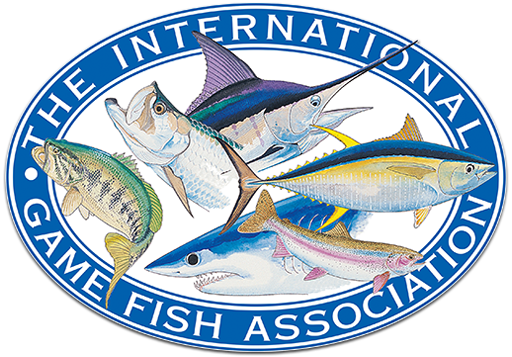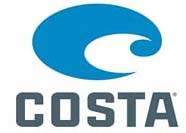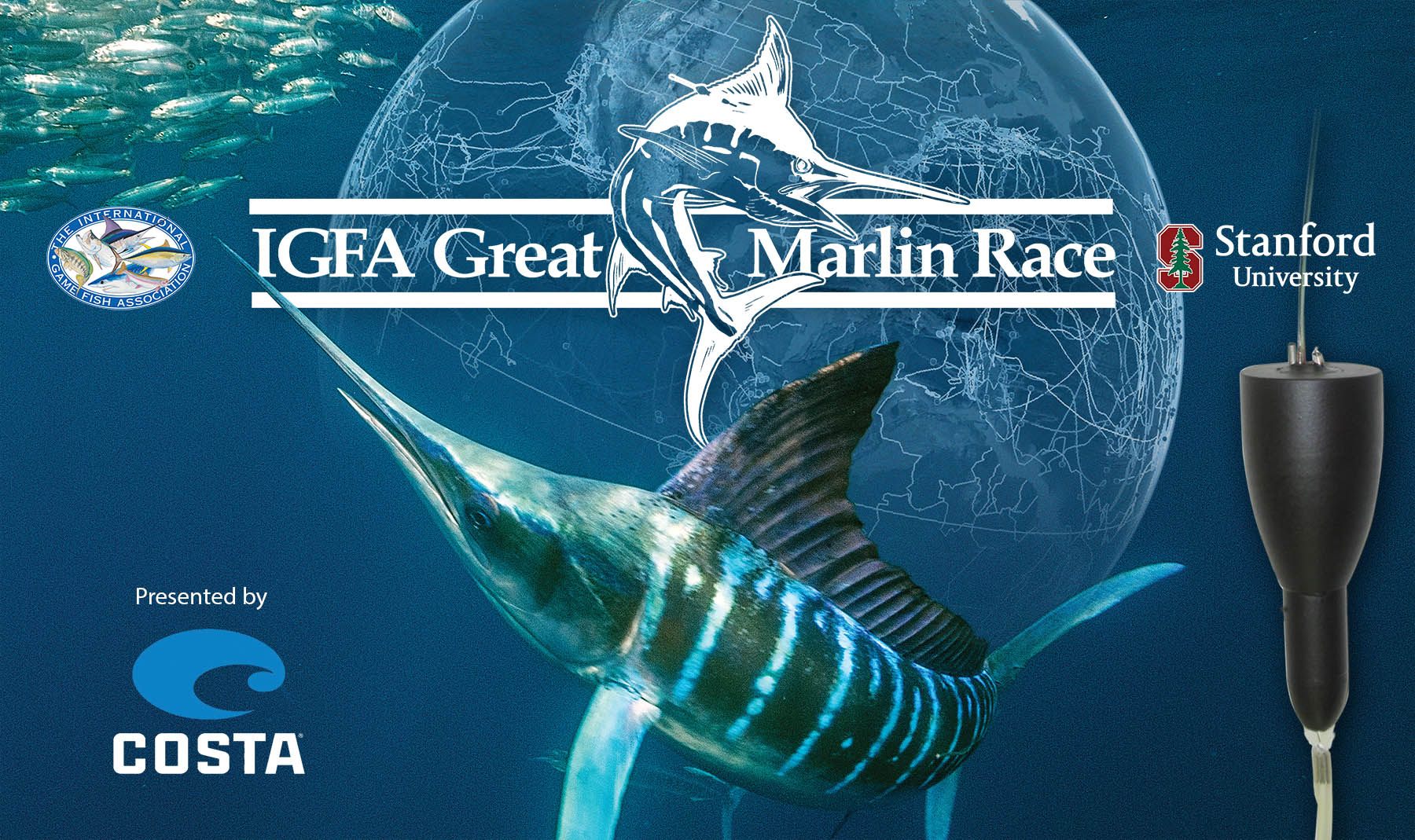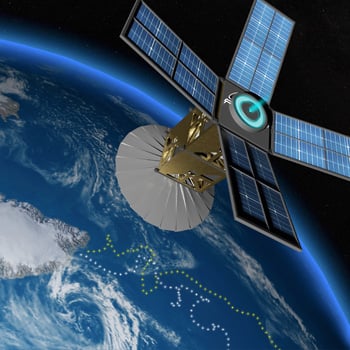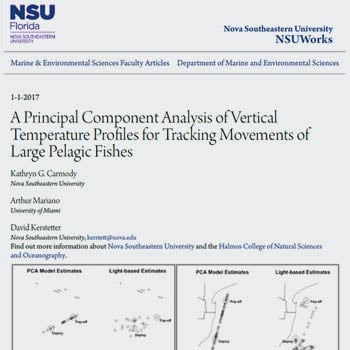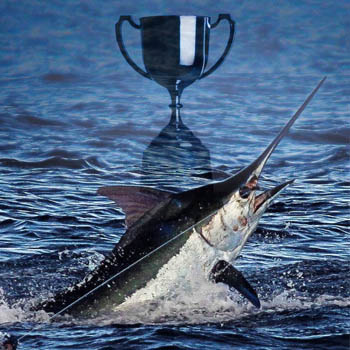IGFA Great Marlin Race
The IGFA Great Marlin Race, presented by Costa Sunglasses, is a research collaboration between IGFA and Stanford University and is sponsored by AFTCO, Bass Pro Shops and Cabela’s Outdoor Fund, PENN, Yamaha Rightwaters, and the Big Rock Foundation.

When you support the IGFA Great Marlin Race, today you are helping to ensure a future for billfish!
Total Satellite Tags Depl0yed from 2011-2025
Total Satellite Tags
693
Total Days
47,819
Total Straight Distance
349,937 nm
Total Estimated Distance
881,705 nm
Satellite Tags Deployed on Billfish

Blue Marlin
378

Black Marlin
133

Striped Marlin
108

White Marlin
39

Pacific Sailfish
17

Mediterranean Spearfish
12

Shortbill Spearfish
6
How does it Work?
The concept behind the IGMR is simple: billfish anglers and tournament angling teams are invited to sponsor PAT tags to be placed on the fish they catch and release. The goal of the program is to deploy 50 pop up archival tags (PAT) in marlin around the world each year. Two-hundred and forty (240) days after each tag is deployed, it automatically pops off the fish and transmits information to Earth-orbiting ARGOS satellites such as where the fish traveled, its diving behavior, and the water temperature it inhabited. For each event, the tag that surfaces farthest from where it was deployed is declared the winner. At the end of each year, the overall winner of the IGFA Great Marlin Race – the team whose tagged marlin travelled the greatest distance in a given year - is recognized by the IGFA with a trophy and signed certificate.
How will the tagging data be used?
Tag sponsors, anglers, and the general public will be able to view the migration routes of tagged marlin through satellite-enabled maps on the IGFA website displaying marlin tracks and pop-up tag locations. All tag data will be available to scientists and fisheries managers via an open-access system. The data generated from this program will improve our understanding of billfish migratory behaviors in several ocean basins simultaneously, and it will reveal how underlying oceanographic conditions shape the connectivity of populations across the globe. This information can then be used to enact better international conservation measures for marlin around the world. Because of the open-access data policy, IGFA Great Marlin Race information has been used to produce numerous peer-reviewed scientific publications. See the results of these publications here.
For Researchers and Collaborators:
Please visit the Tagging of Pelagic Predators website and use the Interactive Map to identify the species tagging information and data types you are interested in, then please submit a data request to the IGFA/Stanford using the IGMR Data Portal.
Partnership with Stanford University
Dr. Barbara Block’s team at Stanford University has been a world leader in bio-logging science for the last two decades. It has successfully developed two flagship programs: Tag-A-Giant (TAG)--which has tagged more than 1,200 bluefin tuna in the Atlantic--and Tagging of Pelagic Predators (TOPP), an international program completed under the Census of Marine Life that has deployed 4,800 tags on 37 different marine species. Block's lab was also instrumental in developing the inaugural Great Marlin Race in 2009 with IGFA Trustee Robert Kurz and Peter Fithian, IGFA Trustee Emeritus and Chairman of the Hawaiian International Billfish Tournament, to commemorate the tournament's 50th year.
Incorporate Billfish Research in your Angling and Tournament Adventures
IGMR events require sufficient angler participation and fishing opportunities so that PATs can be successfully sponsored and deployed. If you are interested in hosting an IGMR event contact IGFA Conservation Director Bruce Pohlot at [email protected].
